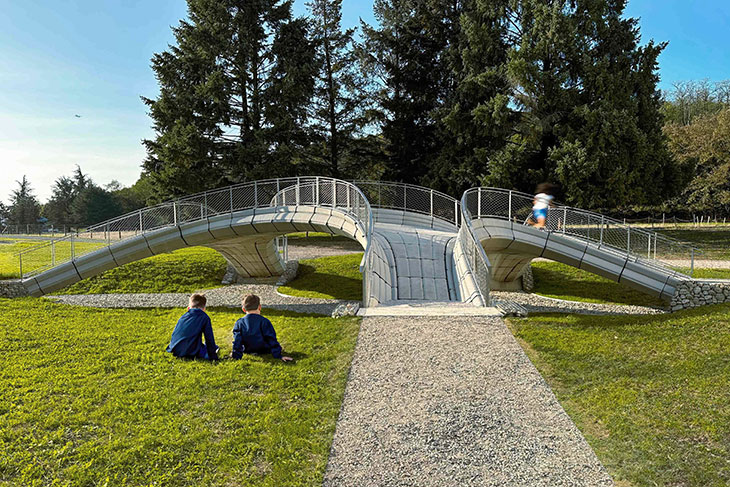
The new Phoenix bridge marks a significant evolution from its predecessor, the Striatus, which made its debut as the pioneering 3D-printed concrete bridge at the 2021 Venice Architecture Biennale. While the Striatus laid the groundwork, Phoenix takes a leap forward in sustainability and innovation. Constructed from 10 tons of recycled materials, including aggregates from the original Striatus blocks, Phoenix embodies circularity and environmental consciousness. Holcim’s ECOCycle® circular technology played a pivotal role in this evolution, enabling the development of a concrete ink with a 40% lower CO2 footprint compared to its predecessor, contributing to an overall carbon reduction of 25%.
Circular construction principles, coupled with advanced computational design and 3D printing techniques, have enabled Phoenix to achieve remarkable efficiency without compromising performance. Remarkably, the bridge stands solely through compression, eliminating the need for reinforcement. Its modular design allows for easy disassembly and recycling of blocks, further emphasizing its circularity. This approach not only reduces material usage by up to 50% but also streamlines the recycling process, demonstrating a holistic approach to sustainable infrastructure development.
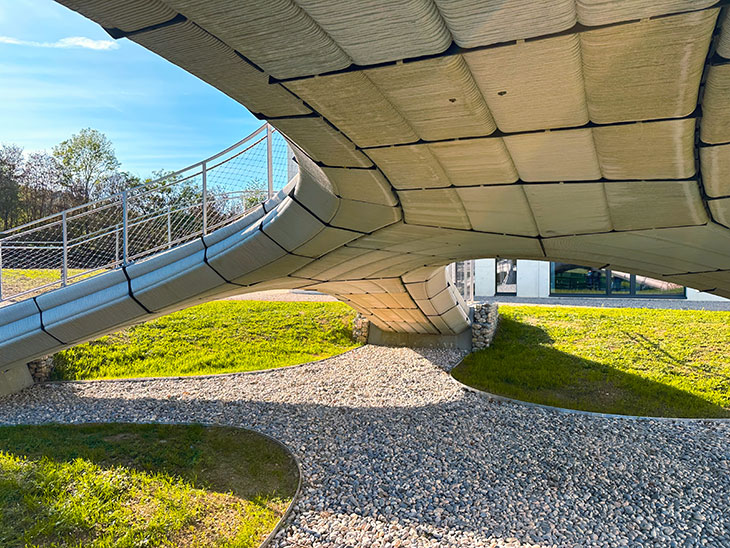
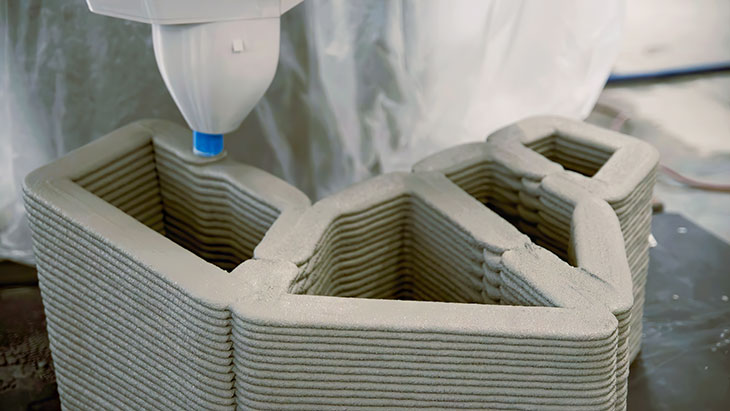
The collaborative effort behind Phoenix underscores the commitment of industry leaders to push the boundaries of sustainable construction. Holcim, along with partners like the Block Research Group at ETH Zurich, Zaha Hadid Architects Computation and Design Group, and incremental3D, brought together expertise from various disciplines to realize this groundbreaking project. By showcasing the potential of circular construction and 3D concrete printing, Phoenix sets a new standard for low-carbon structural solutions, paving the way for a greener, more sustainable future in infrastructure development.
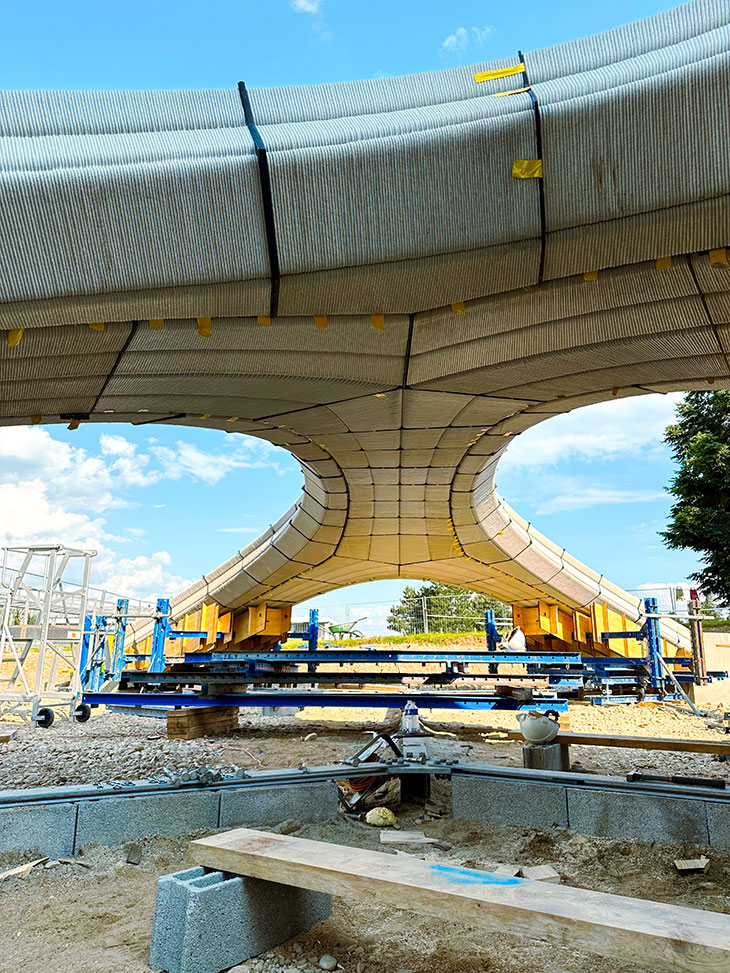
The unveiling of Phoenix represents a milestone in the journey towards decarbonizing the construction industry. Edelio Bermejo, Head of Global R&D at Holcim, emphasizes the transformative power of innovation in driving towards a net-zero future. Philippe Block from the Block Research Group highlights the historical principles and sustainability benefits of adopting a masonry arch approach, while Shajay Bhooshan of Zaha Hadid Architects underscores the technological advancements and tighter integration in design-to-construction processes. Johannes Megens, Co-Founder of incremental3D, expresses excitement about the project’s progress and its potential to inspire similar initiatives in the future, reflecting a shared vision for sustainable infrastructure development.
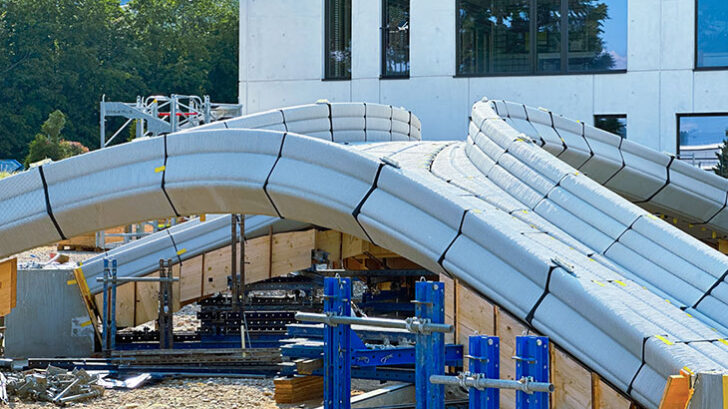
Design Team:
ZHA CODE:
Jianfei Chu, Vishu Bhooshan, Henry David Louth, Shajay Bhooshan, Patrik Schumacher
ETH BRG:
Tom Van Mele, Alessandro Dell’Endice, Philippe Block
Structural Engineering:
ETH BRG: Tom Van Mele, Alessandro Dell’Endice, Sam Bouten, Philippe Block
Fabrication Design:
ETH BRG: Shajay Bhooshan, Alessandro Dell’Endice, Sam Bouten, Chaoyu Du, Tom Van Mele
ZHACODE: Vishu Bhooshan, Philip Singer, Tommaso Casucci
3D Concrete Printing:
In3D: Johannes Megens, Georg Grasser, Sandro Sanin, Nikolas Janitsch, Janos Mohacsi
Concrete Material Development:
Holcim: Christian Blachier, Marjorie Chantin-Coquard, Helene Lombois-Burger, Francis Steiner
LafargeHolcim Spain: Benito Carrion, Jose Manuel Arnau
Assembly & Construction:
Bürgin Creations: Theo Bürgin, Semir Mächler, Calvin Graf
ETH BRG: Alessandro Dell’Endice, Tom Van Mele



